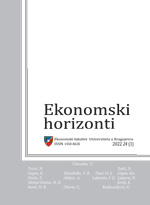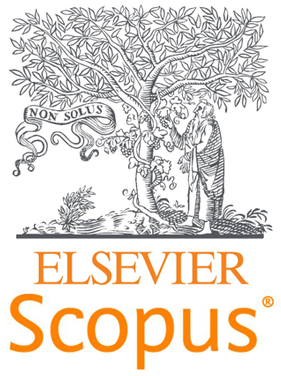ON THE CONCEPTUAL UNDERPINNINGS OF FAIR VALUE ACCOUNTING
Jatinder P. Singh
The metamorphosis of business processes and corporate strategies is rapidly progressing across the globe. The critical role of intangibles in corporate performance is receiving its due recognition. Complex tradeable financial products are flooding financial markets. In attempts to gear up for the challenge of financial reporting in this upstaged environment, standard setters have substantively restructured reporting systems, with ‘fair value’ being the bedrock thereof. Moving away from the traditional ‘revenue/expense’ matching measure of income towards the ‘asset/liability’ measure together with the adoption of the Hicksian concept of income is clearly discernible in the pronouncements and ongoing projects of the US Financial Accounting Standards Board (hereinafter referred to as FASB) and the International Accounting Standards Board (hereinafter referred to as IASB ). In this article, an attempt is made to analyze the issues that are controversial and equivocal, or those that need further refinement insofar as fair value accounting is concerned.
Keywords: fair value, financial accounting, ‘exit’ & ‘entry’ values, income, conceptual framework, FASB, IASB, asset/liability measure
JEL Classification: G30, M41, N30




